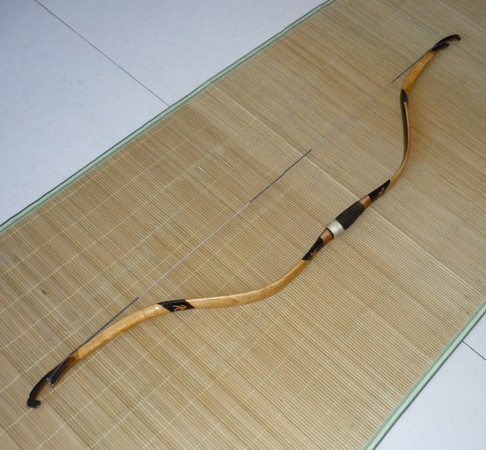The difference in range is measured in mere inches, actually. A properly executed parry for a thrust - that is, the longest ranged attack a katana could attempt, involves intercepting the thrust as close to the point as possible using the forte of your own blade. Similarly, a properly executed parry of a cut still involves intercepting the blade with your forte close to the tip. The reason is simple enough - this configuration gives the defender the best possible control over the opposing weapon.demoman_chaos said:I wasn't speaking of the range, but effectiveness as well as utility. It isn't in the persons best interest to really try to parry a sword like the katana with the dagger. With the standard fencing stance, the dagger is very far back. Trying to parry with it means you are letting the katana get far closer than you want. Simply voiding the parries and recovering your point would be far more useful. The dagger in this scenario should only be used to counter an attempt to close. Bind the katana with the rapier and step into their attack to deliver the dagger's point.Eclectic Dreck said:Using a dagger to parry does not, in reality, reduce the distance in which a parry can be achieved by much. Only the lower third if a rapier (the forte) is useful for the parry both because this is the strongest part of the blade but, importantly, because of simple mechanics. The lower on the blade you parry, the more control you have over the weapon in question. This is important because a parry does not serve to simply defend but to set the conditions for an offensive of your own.
As a result, the difference in distances for either parry are literally a matter of inches. Indeed, attempting to extend your parry range with a longer weapon rapidly becomes a game of diminishing returns as attempting to apply force with a parry becomes less efficient the further from the wrist and elbow you move. This is the same principle, you'll note, that allows a parry to work in the first place - simple mechanics mean that when properly executed, a parry gives the defender tremendous capacity to manipulate the opponents weapon such that even substantial differences in strength are all but eliminated!

